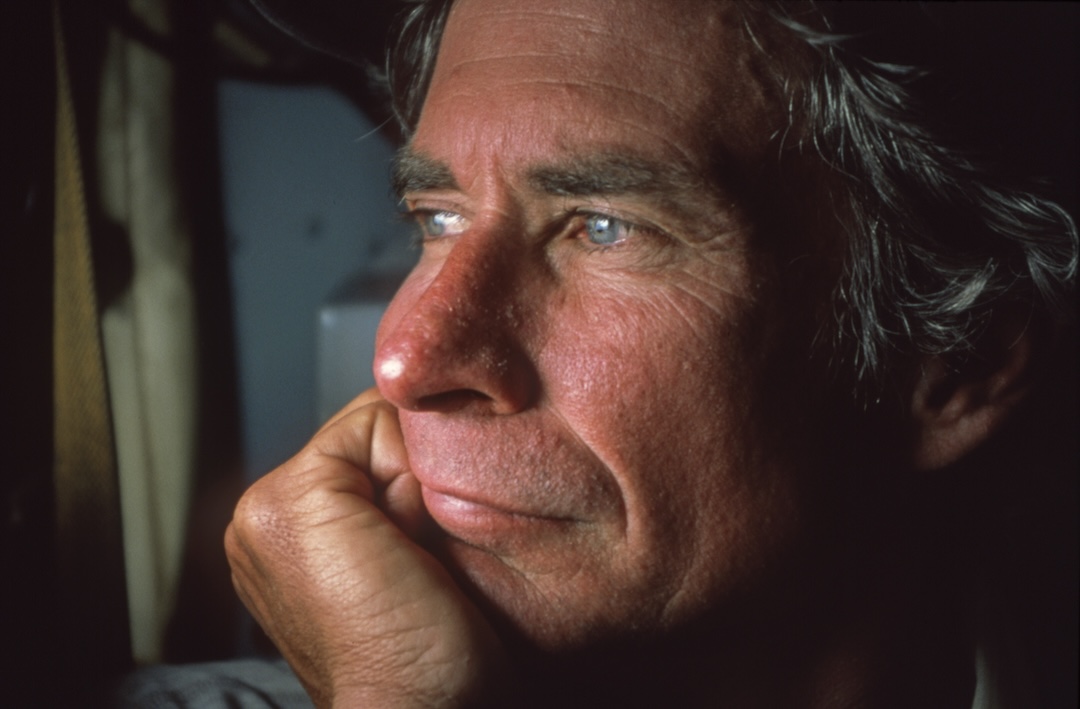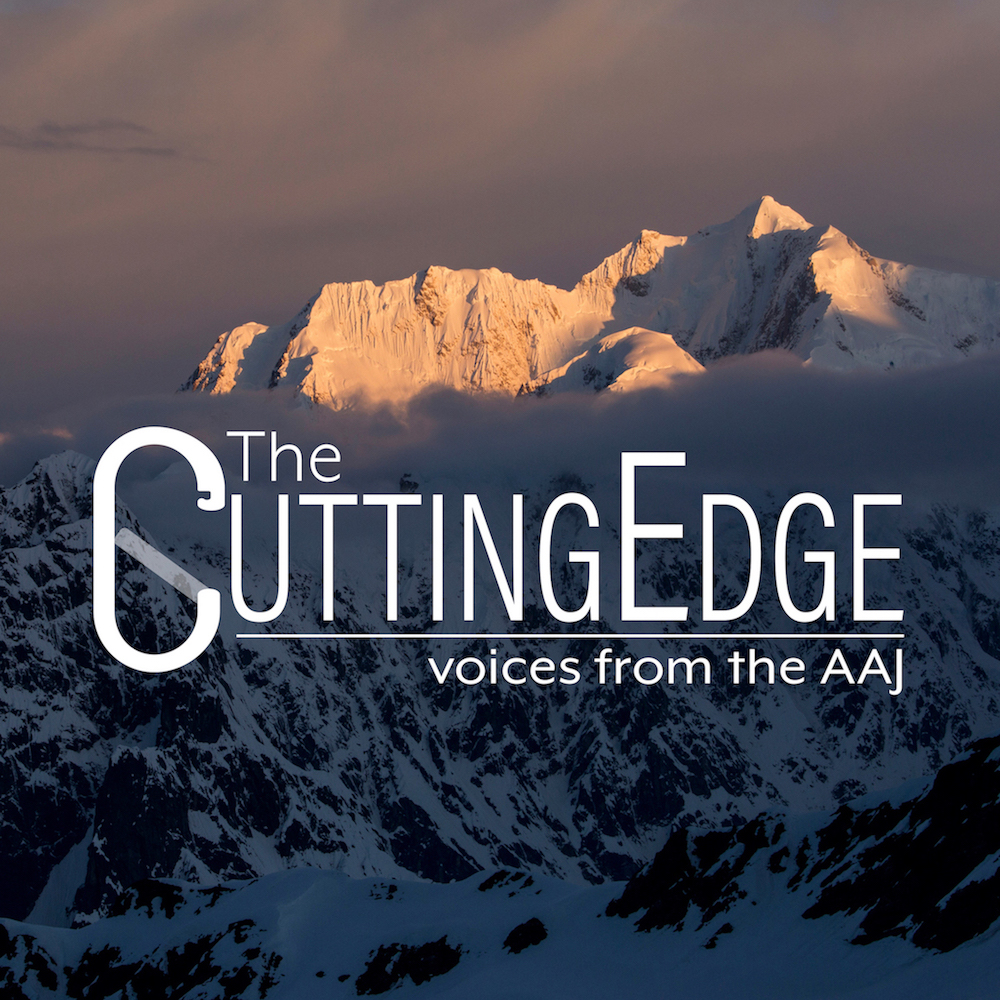David Breashears, 1955–2024

David Breashears, who died at his home in Massachusetts on March 14, at age 68, had an outsized influence on many people’s lives, including mine. His endeavors as an incredibly bold and visionary climber and alpinist were legendary. He also was a devoted human rights advocate, a spokesperson for climate issues, and a visionary filmmaker who broke trail for the rest of us who followed in his footsteps. For some of us, literally. Among many notable films, David’s Everest would become the highest-grossing IMAX film of all time. It was a cultural phenomenon for an entire generation and transported an entirely new audience to the rarefied world of the high Himalaya.
Born in Georgia, David came to prominence as a climber after his family moved to Colorado, where, as a teenager, he made bold roped and solo ascents, including the 1975 onsight first ascent of Perilous Journey, near Eldorado Canyon, a route now considered 5.11 X. Early expeditionary climbs included the second ascent of Ama Dablam, in 1979, as part of a filmmaking team, and the 1982 first ascent of the north face of Kwangde, also in Nepal, with Jeff Lowe.
David achieved his greatest fame as both a mountaineer and filmmaker on Everest: He climbed the mountain five times and made other attempts, including three expeditions to the Kangshung Face; he guided Richard Bass to the top in 1985 to complete Bass’s Seven Summits quest; and he and his IMAX team helped save lives during the 1996 disaster on the mountain.
For many of us, David wasn’t just a visionary climber and director, but also a loyal friend: complicated, charismatic, confident yet vulnerable, occasionally mischievous, always exacting in his standards, whether it was directing a film, leading an expedition, or putting together a meal. He was deeply intelligent and a ferocious advocate for the environment and other causes. (David’s nonprofit GlacierWorks raised awareness of the effects of climate change in the Himalaya.) He always made an impression when he walked into the room, with the glint in his eyes and that million-dollar smile—maybe it wasn’t so much a smile as a smirk, like he knew something you didn’t know, which was usually the case. That’s the David I remember: larger than life in one moment and deeply thoughtful and caring the next.
I can honestly say I would not be where I am now if it were not for the belief David had in a young dirtbag climber trying to make his way through the world. In 2004, David invited me to climb Everest and work on a feature film with him, Ed Viesturs, Veikka Gustafsson, and Robert Schauer. I will never forget getting that call: I was so nervous and intimidated that I failed to respond when he asked if I’d like to join the team. There was a pause and he just said, “Well, think about it.” I picked my jaw up off the floor and stammered, “Yes, I would really like to join your expedition.”
When I met him in Kathmandu, I was starstruck and a little terrified. I decided then and there I would never disappoint this man. I can honestly say I have never worked harder on any job than that Everest trip, before or after. David taught me how to approach major productions on serious expeditions, and the attitude and ethos required to pull off incredibly challenging and complex projects in good style. I noticed that he always led from the front. He elevated those around him. These were lessons I’ve carried with me throughout my career.
I still look up to David and what he achieved in his extraordinary life. But mostly I am grateful for his belief in me, grateful to him for being my friend. David’s legacy will live on through the people he inspired throughout our community.
You will be dearly missed, my friend.
—Jimmy Chin

